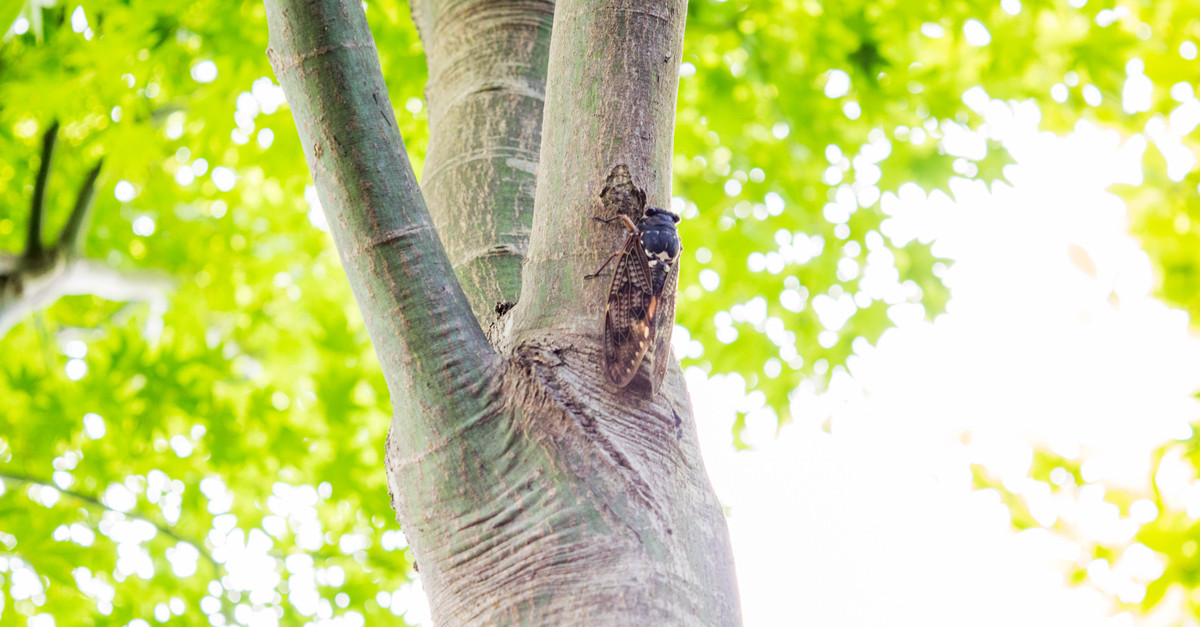Branching Out: How to Detect If a Branch Needs Cutting
A dropped branch can cause serious property damage, harm to a tree, or even loss of life. To the untrained eye, a tree might look totally sturdy which is why it’s important to spot branches in danger of falling. Learn to recognize the three warning signs below so that you can cut them before anything gets damaged … including your wallet.
If You See a Split or Break
If a tree limb or branch breaks in a storm, due to weight from ice and snow or just because, there’s a good chance the next strong wind will finish the job. Breaks, splits, or cracks along the length of the limb are dangerous, as are injuries at the crotch, where the branch attaches to the trunk. Sometimes these breaks are less obvious, so especially after a storm, inspect your trees carefully for signs.
If the Branch Is Diseased
If you catch disease or a pest infestation in the initial stages, you may be able to treat the branch and save it. However, homeowners often miss problems, putting the limb and eventually the entire tree at risk. Some diseases enter from small wounds or tears in the bark and eat away at the tree from the inside, which is especially dangerous; the outside may look normal, while the inside is rotten. Look for flaking bits or sawdust-like particles. Discoloration, swelling, bark peeling, dead or dropped leaves, insects, or eggs are also signs of disease or infestation.
If the Limb Is Dead
This one’s easy. If the rest of your tree is in leaf and a single branch is not, it’s dead and needs to come down. Dead branches are just waiting to drop, so don’t hesitate to remove them.
Of course, sometimes a branch looks like it might need to be cut down, but you can’t tell. It’s normal to be conservative, especially with a tree you love, which is why professional help can be a lifesaver. An arborist will not only help you determine whether to cut, they will get the job done quickly and safely while minimizing the risk of infection to the tree.
Think you might need help? Get in touch with Premier Tree Solutions online by clicking here. We’re happy to help you set up an appointment.









